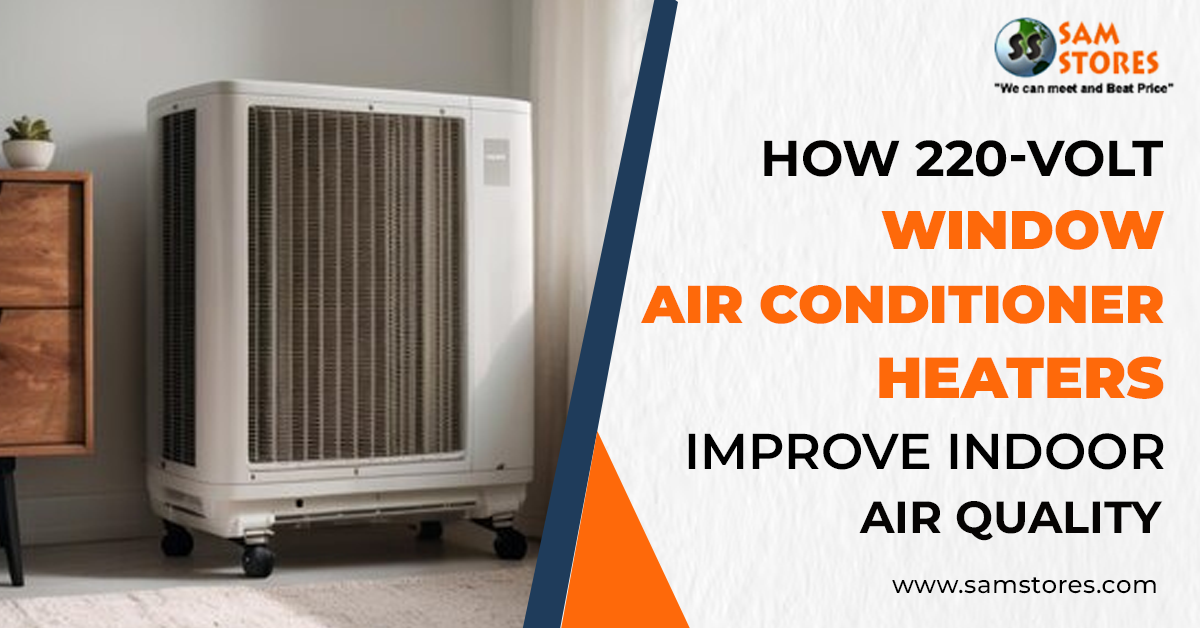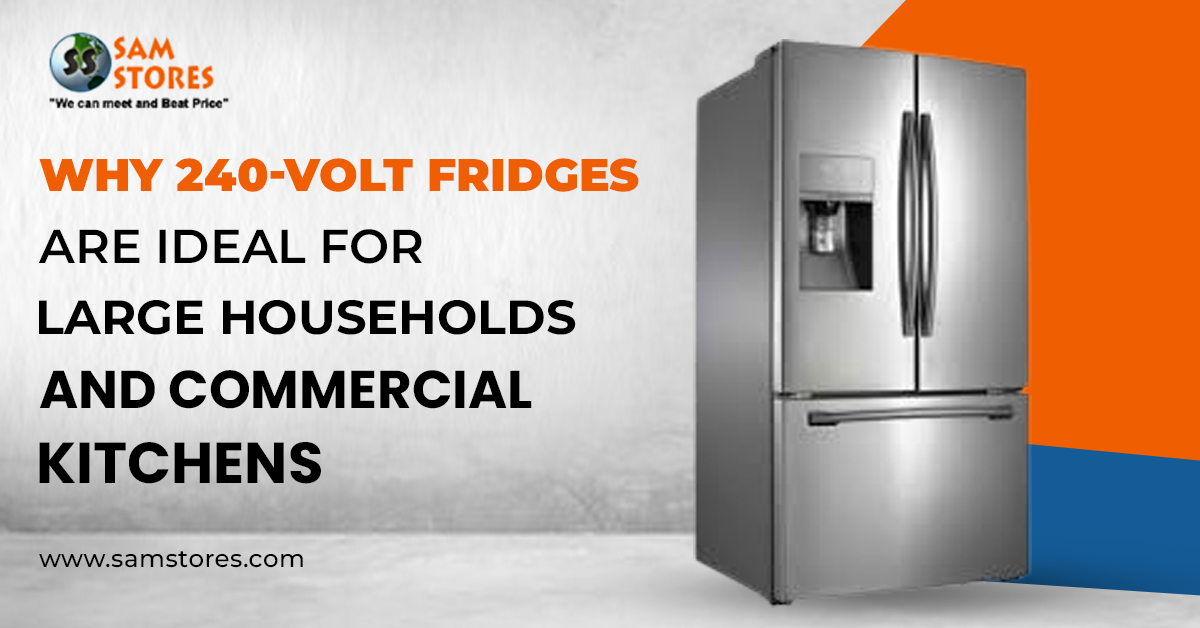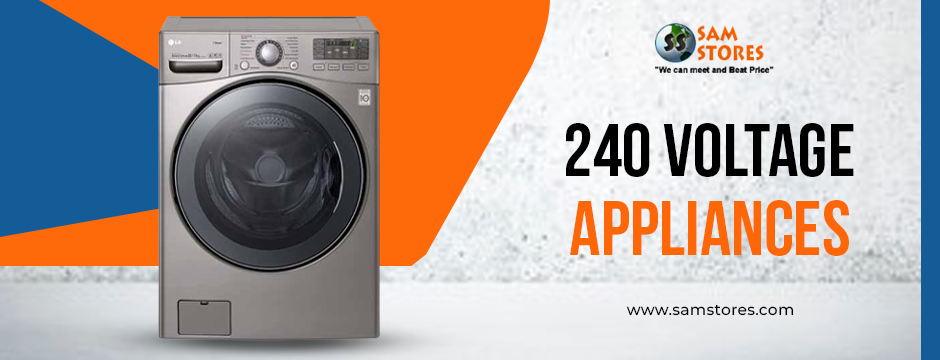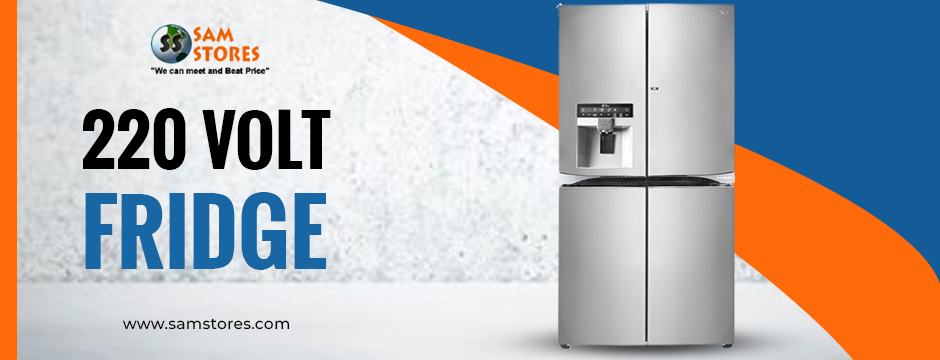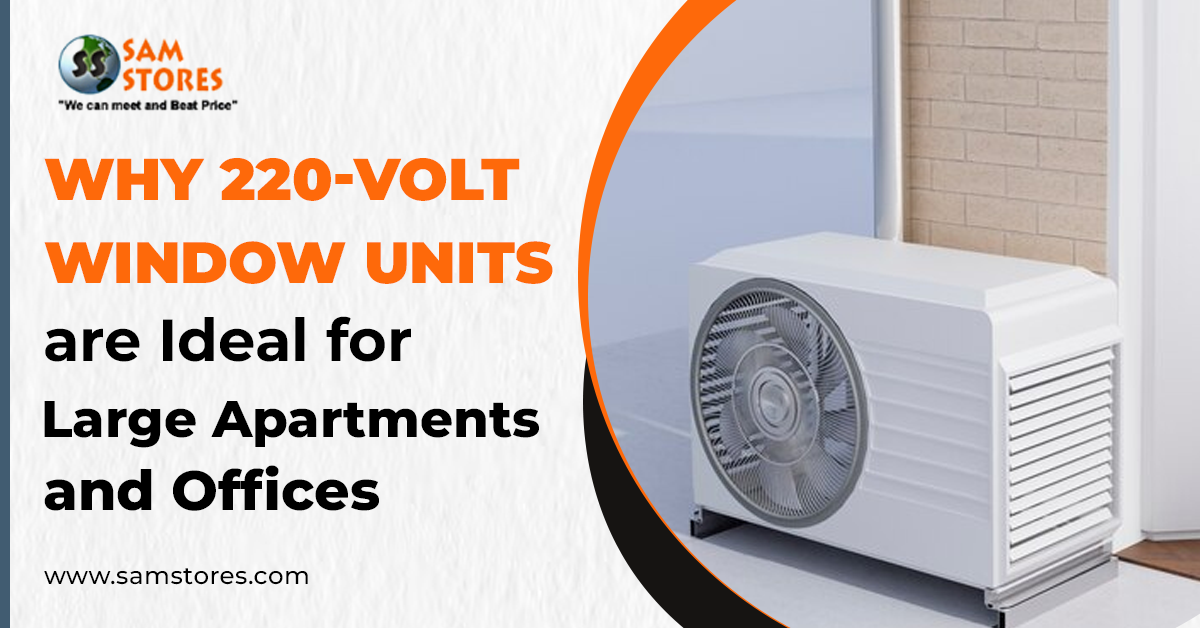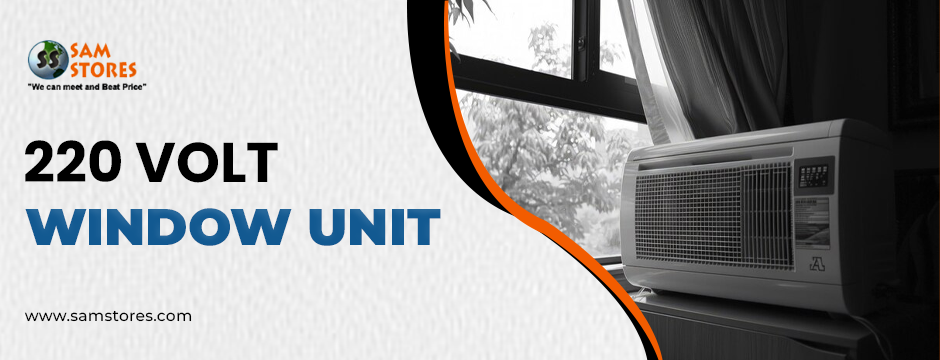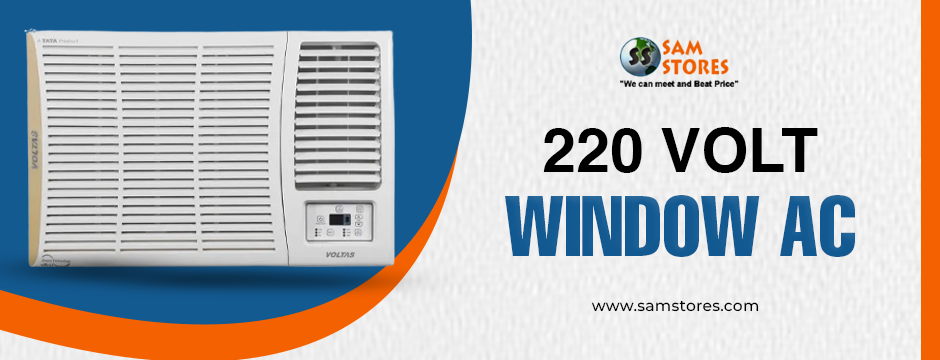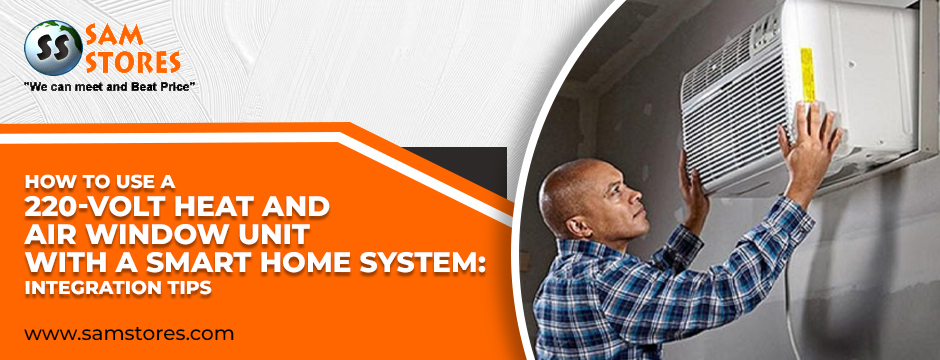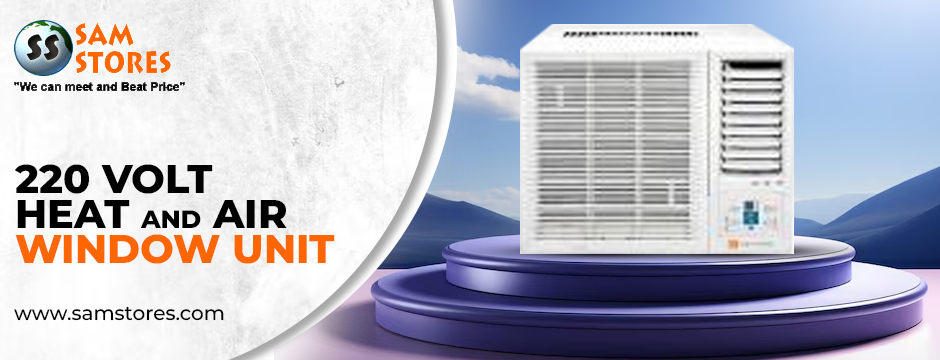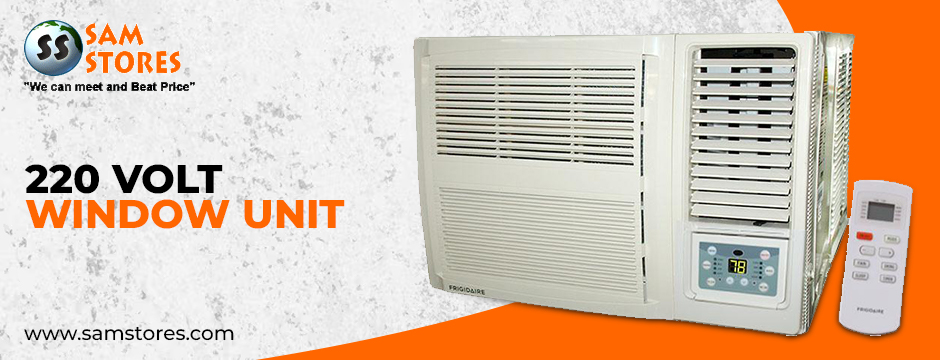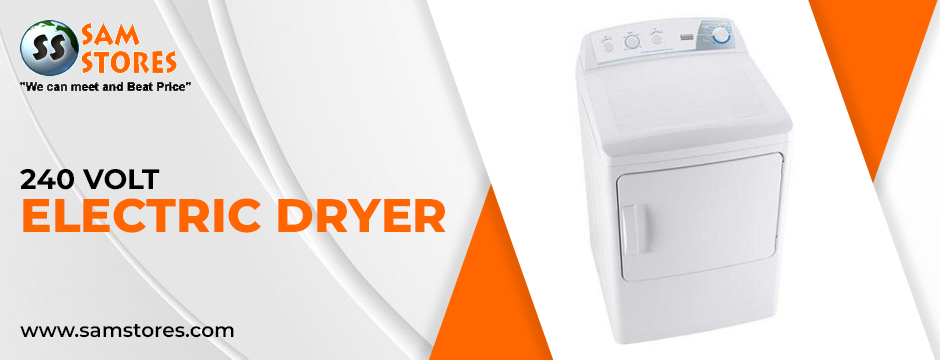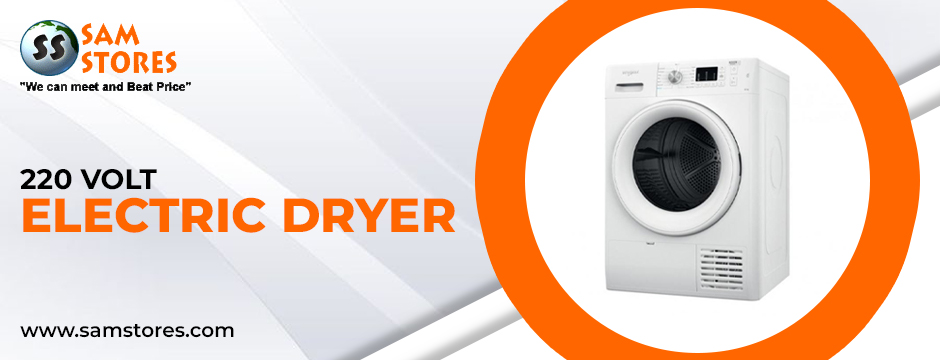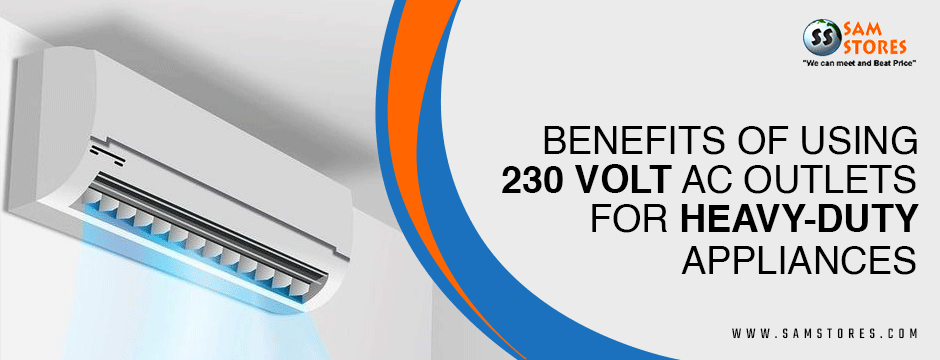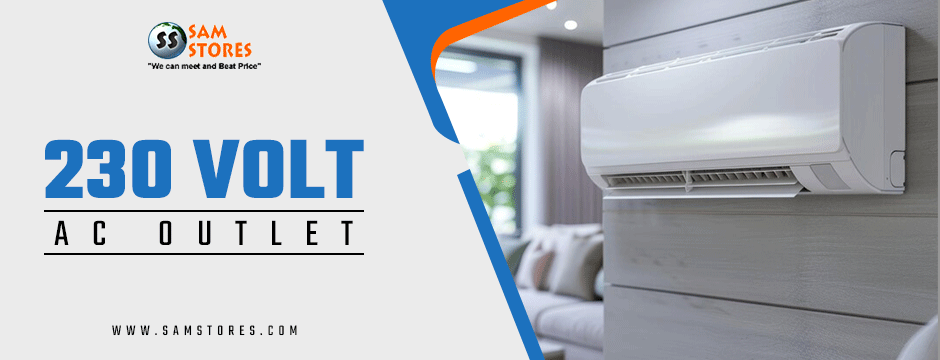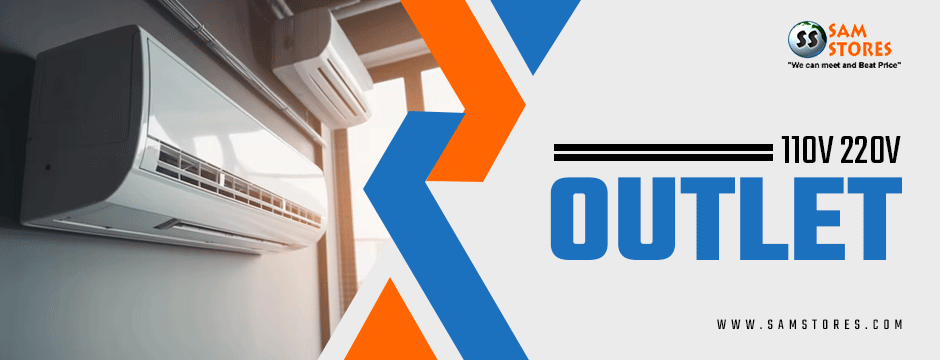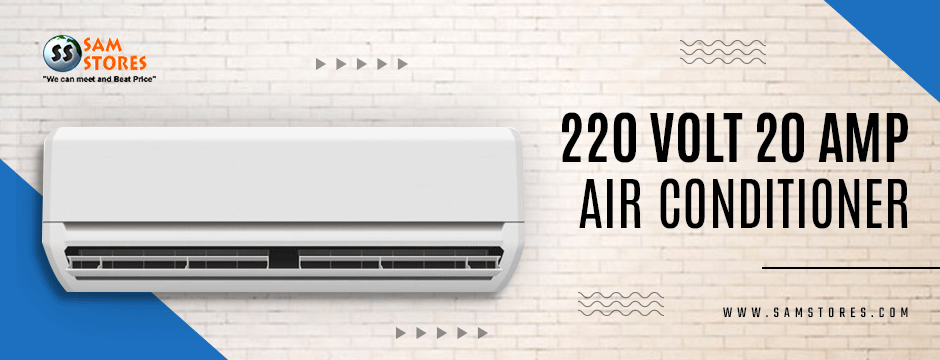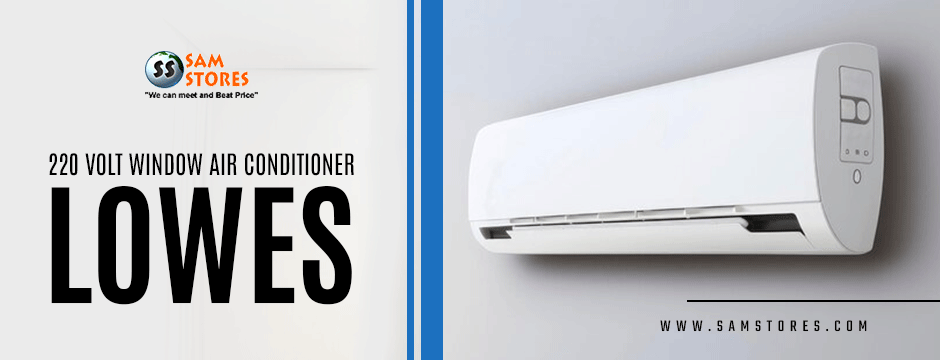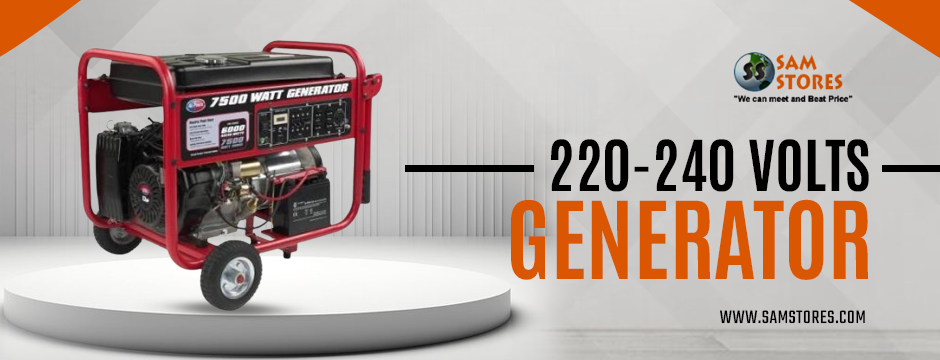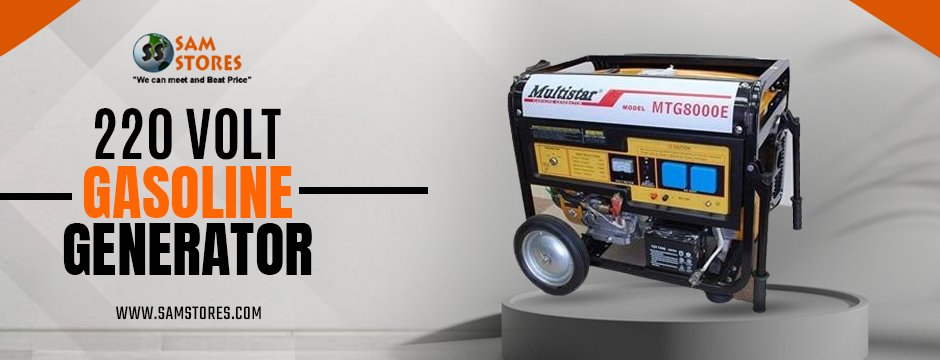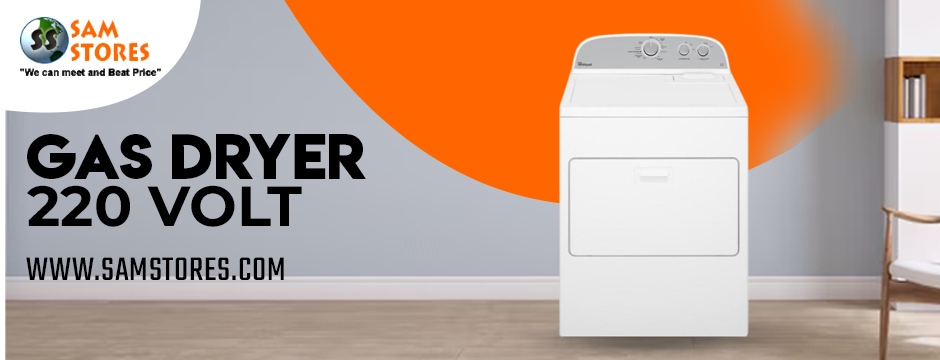Maintaining indoor air quality (IAQ) is essential to keeping a home or apartment healthy. With many people spending a significant portion of their day indoors, the quality of the air we breathe has a direct impact on our health and well-being. One way to enhance indoor air quality is through the use of 220-volt window air conditioner heaters. These appliances not only provide cooling and heating but also contribute to a healthier indoor environment. This blog delves into the various ways in which window air conditioner heaters improve indoor air quality.
Understanding Indoor Air Quality
Before exploring how 220-volt window air conditioner heaters impact air quality, it’s essential to understand what indoor air quality entails. IAQ refers to the condition of the air inside buildings and structures, particularly as it relates to the health and comfort of the occupants. Factors affecting IAQ include pollutants, humidity levels, temperature, and ventilation.
Common indoor air pollutants include dust, mold, pet dander, pollen, smoke, and volatile organic compounds (VOCs) emitted from household products. Poor indoor air quality can lead to various health issues, such as respiratory problems, allergies, and other long-term health effects.
The Role of 220 Volt Window Air Conditioner Heaters
220 volt window air conditioner heaters are designed to both cool and heat indoor spaces efficiently. Unlike their lower-voltage counterparts, these units are more powerful and can handle larger spaces effectively. They come equipped with advanced features that not only regulate temperature but also improve air quality.
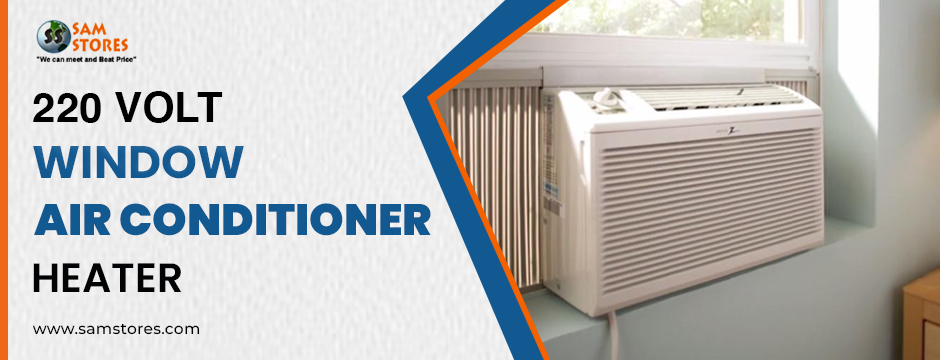
Efficient Filtration Systems
One of the primary ways in which these window air conditioner heaters improve indoor air quality is through their efficient filtration systems. Many of these units come with built-in air filters that trap dust, pollen, pet hair, and other airborne particles. By regularly filtering out these contaminants, they help maintain cleaner air within your home.
High-quality filters, such as HEPA filters, can capture up to 99.97% of particles as small as 0.3 microns, making them highly effective at improving IAQ. Regular maintenance, including cleaning or replacing filters, ensures that these systems operate at peak efficiency, providing clean, breathable air.
Enhanced Humidity Control
Indoor air quality is significantly influenced by humidity. High humidity levels can promote mold growth and dust mites, while low humidity can lead to dry skin and respiratory irritation. 220 outlet air conditioners often feature humidity control settings that help maintain optimal humidity levels in your home.
By dehumidifying the air during the cooling process, these units help prevent the growth of mold and mildew, which can thrive in damp environments. Additionally, maintaining a balanced humidity level contributes to overall comfort and reduces allergens in the air.
Improved Ventilation
Sustaining optimal indoor air quality requires ventilation. Proper airflow helps dilute indoor pollutants and brings in fresh outdoor air. These window air conditioner heaters often include ventilation settings that allow you to bring in fresh air while maintaining a comfortable indoor temperature.
By using the fan-only mode, homeowners can improve ventilation without the need for cooling or heating. This feature enables better air circulation, reducing stagnant air and the concentration of indoor pollutants. Increased ventilation not only enhances comfort but also helps reduce the likelihood of respiratory problems caused by poor air quality.
Filtering Out Allergens
Allergens such as pollen, pet dander, and dust mites can significantly affect indoor air quality. These allergens can trigger allergic reactions and exacerbate asthma symptoms. 220 volt window air conditioner heaters equipped with advanced filtration systems help minimize the presence of these allergens in your home.
For instance, many modern units have specialized filters designed to capture specific allergens. These filters can significantly reduce the number of airborne particles, making it easier for allergy sufferers to breathe comfortably indoors. Regular cleaning and replacement of filters enhance their effectiveness, ensuring optimal performance in reducing allergens.
Reducing Odors and VOCs
Volatile organic compounds (VOCs) are chemicals emitted by a variety of household products, including paints, cleaners, and air fresheners. These compounds can contribute to unpleasant odors and negatively impact indoor air quality.These window air conditioner heaters can help mitigate these issues through their filtration systems.
Many units are equipped with activated carbon filters that effectively absorb odors and VOCs, improving the overall air quality. By filtering out these harmful substances, these units help create a more pleasant and healthy indoor environment.
Energy Efficiency and Sustainability
In today’s environmentally conscious world, energy efficiency plays a vital role in improving indoor air quality. These window air conditioner heaters are designed to be more energy-efficient than their lower-voltage counterparts. This efficiency not only reduces energy consumption but also lowers carbon emissions, contributing to a healthier environment overall.
By investing in energy-efficient appliances, homeowners can reduce their environmental footprint while simultaneously improving indoor air quality. Many modern units are equipped with energy-saving features, such as programmable thermostats and smart controls, allowing users to optimize energy usage while maintaining comfortable indoor conditions.
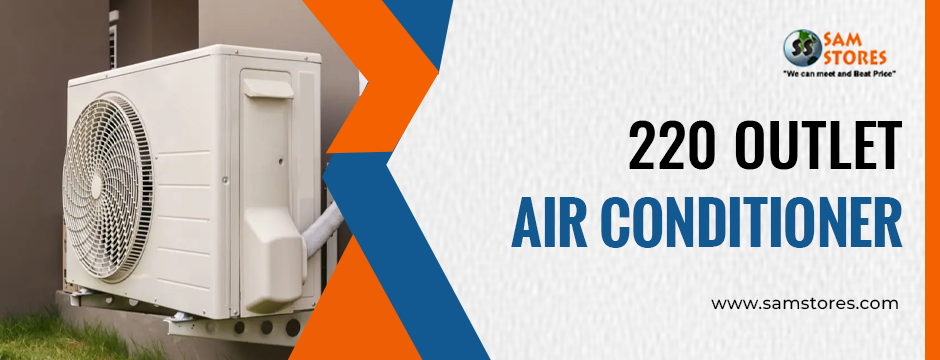
Noise Reduction
Excessive noise can impact indoor air quality by causing stress and discomfort. These types of window air conditioner heaters often operate more quietly than standard units, providing a peaceful indoor environment. A quieter appliance allows for better concentration and relaxation, enhancing overall comfort and quality of life.
Smart Technology Integration
Modern window air conditioner heaters come equipped with smart technology features that allow users to control their units remotely. These systems can be programmed to maintain optimal temperature and humidity levels, ensuring consistent indoor air quality.
Smart features also allow users to monitor air quality indicators, providing valuable insights into the current state of indoor air. By receiving alerts about filter changes or maintenance needs, homeowners can ensure their units operate efficiently, contributing to better indoor air quality.
Bottom Line
To create a home that is both comfortable and healthful, indoor air quality must be improved. 220-volt window air conditioner heaters play a significant role in achieving this goal. With their efficient filtration systems, humidity control, improved ventilation, and energy efficiency, these units contribute to cleaner, fresher air indoors.
By investing in a high-quality window air conditioner heater and maintaining it properly, homeowners can significantly enhance their indoor air quality. This not only leads to better health outcomes but also creates a more pleasant living space. In a world where indoor air quality is increasingly recognized as a critical factor in overall well-being, these appliances stand out as an essential solution for improving the air we breathe at home. Visit Sam Stores now to get the best products and price range on products!
